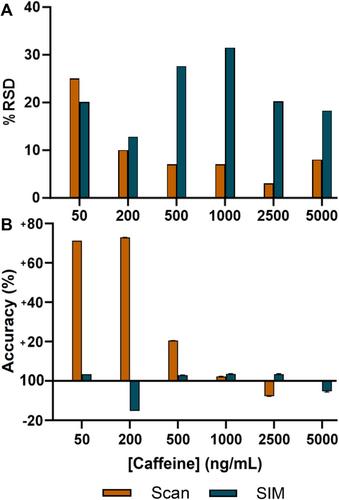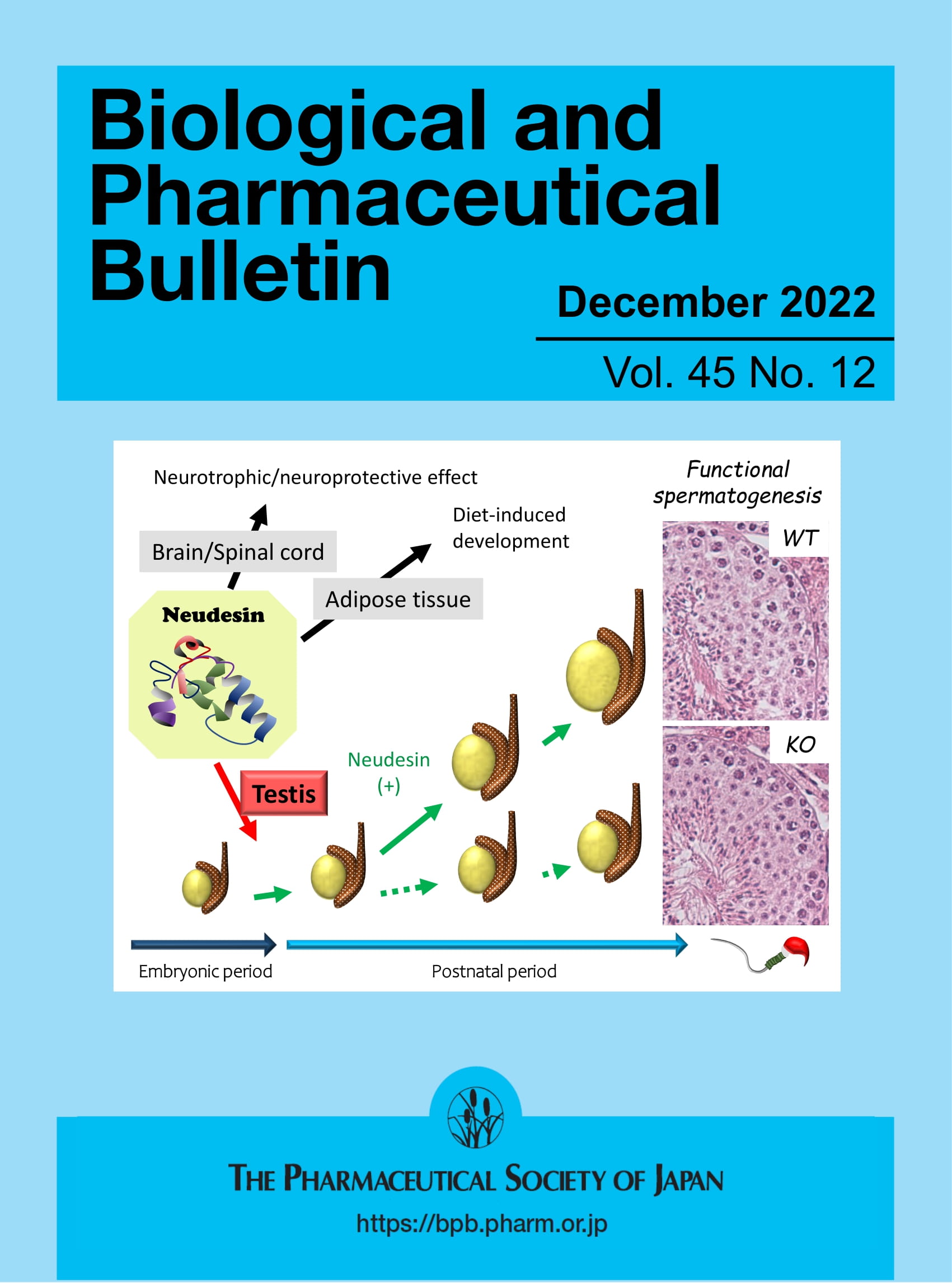Assessing the Quantitative Performance of Atmospheric Solids Analysis Probe-Mass Spectrometry
Abstract
Rationale
Atmospheric solids analysis probe-mass spectrometry (ASAP-MS) is an established ambient ionisation technique that allows for the direct and rapid analysis of samples without chromatographic separation. Consequently, applications that typically benefit from ambient ionisation approaches can achieve improved sample throughput and thus improved potential for in situ testing. Previous reports have contrasted in viewpoints on the ability for ASAP-MS to provide reliable quantitative data. Critically, in-depth data exploring the quantitative capabilities of ASAP-MS are currently lacking.
Methods
Here, a series of experiments were performed to assess the quantitative performance of ASAP-MS using a proof-of-concept single analyte (caffeine) approach. Analytical precision, accuracy, linearity and sensitivity were investigated using numerous variables, including sample deposition method (i.e., directly placing the probe into the sample vs. pipetting the sample onto the probe) and deposition volume, as well as the presence of a series of different internal standard approaches.
Results
The data acquired demonstrated that the use of a positive displacement pipette and an isotopically labelled (structure-matched) internal standard provided an optimal approach for quantitative reliability, albeit at levels often below the standards set for traditional chromatography-based quantitative assays. The investigations were performed across a concentration range of 50–5000 ng/mL. Whereas measurable responses were seen across the full range in most approaches, limitations in sensitivity were identified and reduced quantitative performance statistics were noted at concentrations below 1000 ng/mL.
Conclusions
These experiments demonstrate, for the first time, a comprehensive investigation into the quantitative performance of ASAP-MS using caffeine as the example analyte. These data offer insight into the current strengths and limitations of quantitative analyses using ASAP-MS and aim to provide practical recommendations to optimise quantitative approaches using this technique.





 求助内容:
求助内容: 应助结果提醒方式:
应助结果提醒方式:


